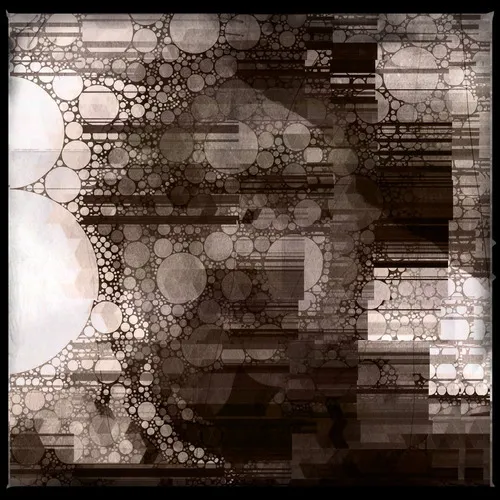A week or so ago, I made a post about my everyday carry and mentioned three of the pens I’m currently using. A few days later, I wrote about what might be my favorite of that group—the Diplomat Viper. Today, let’s move on to the next one, which is one of the most iconic modern pens out there.

Pilot Vanishing Point – Matte Blue-Black
There’s no mistaking the Vanishing Point. It’s one of the only high-end fountain pens with a click mechanism, and that design alone makes it feel like some kind of spy gadget. No cap to unscrew, no fiddling—just click and write. It’s as fast as a ballpoint, but writes like a dream.
I picked mine up in the matte blue-black finish, which is subtle, almost stealthy. It doesn’t scream for attention, but it still feels luxurious in the hand. The texture has a kind of powdery finish—smooth, but not slippery. Ideal for longer writing sessions or quick notes.
It’s a tad on the heavy side. If you write like most people do—i.e., badly trained by ballpoints to rest your forearm and wrist on the paper and use your fingers to write—the extra weight might not bother you. But if you write correctly, with your hand and arm hovering a half-inch or so above the paper, then you do notice it.
That’s a minor quibble. The other features of the pen more than make up for it. Like the nib!

Even though it’s painted black to match the body, it’s actually 18k gold underneath. That’s right: a gold nib, hidden in plain sight. Maybe it’s just me, but there’s something satisfying about the idea of carrying precious metal around daily without flaunting it. It writes with the smooth, slightly springy feel that gold nibs are known for—especially once it’s broken in, and especially if you write in cursive so you don’t have to constantly lift it.
It’s not a showy nib. This isn’t a Mont Blanc with a huge shiny gold nib that commands your attention and is as much an art piece as a writing one. It’s not a showpiece pen at all. It’s a workhorse. It’s built to be carried, clicked, and used—again and again. And it is a very satisfying click. If you’re one of those people who fidget with ballpoints, clicking them on and off randomly, you’d love this one.

Removed from the body so you can see the full nib and 18k stamp
Some people complain about the clip being on the nib end. I was originally with them. I thought it looked silly and wasn’t worth trying. But honestly, having now used it for some time, it doesn’t get in the way and even helps orient the grip. Hooded nibs tend to be a bit tricky to use. Nibs usually need to be oriented the correct way to write well. With a full-sized nib you can do this by sight very quickly, but with a hooded nib it can be more difficult to find that sweet spot. The clip being where it is on this pen helps you instantly find the correct orientation.
A few quirks? Sure. The converter is small, meaning you might be refilling it once a week if you use it heavily. But these are minor compared to the convenience and pleasure this pen delivers. And that satisfying click—it never gets old.
Another point in favor of this pen is Pilot itself. Pilot is an amazing company and they take care of their customers. Their stated policy is that you need proof of purchase for repairs, but they often take pens without it and will fix them up quickly—and for free. Given that this pen costs around $200 (though you can easily find used copies for half that—as I did with this one), that’s a really nice feature.


Inside this pen currently, I have Noodler’s Anti-Feather Blue—or Anti-Fascist Blue, as it’s labeled. The guy who runs Noodler’s is an odd fella—something of a libertarian hermit—and he uses his ink labels to make historic or political statements.
It’s a dark blue, leaning a little violet. While it’s not as conservative as the Pilot Blue-Black I have in my Diplomat, it’s still safe enough to use in a Japanese business environment without turning too many heads. And true to the name — it doesn’t feather. Hopefully it repels fascists too.

All together, it makes for a pretty good work pen. Though I currently like the Diplomat better, I probably do turn to this more when I’m at work, just because of the ease and quickness of using it.
Any questions?
❦
 |
David is an American teacher and translator lost in Japan, trying to capture the beauty of this country one photo at a time and searching for the perfect haiku. He blogs here and at laspina.org. Write him on Mastodon. |